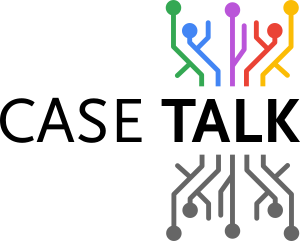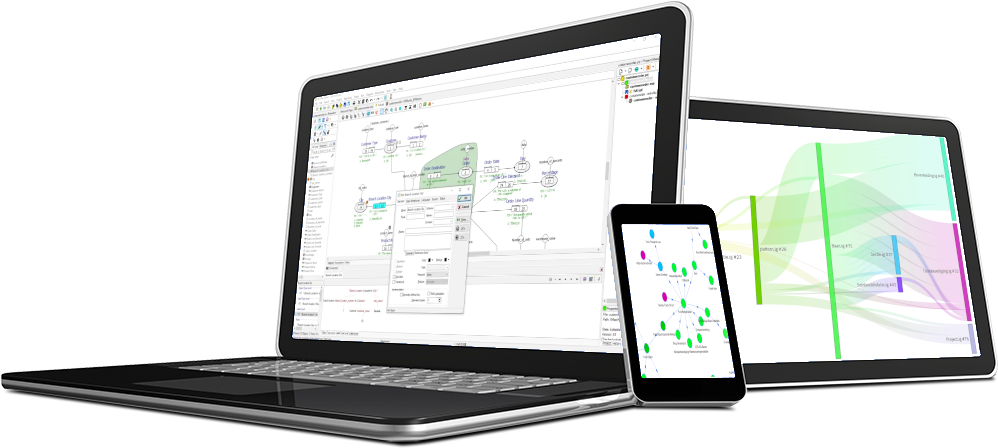From Information to AI
Why FCO-IM Bridges the Human–Machine Understanding Gap
As AI systems become more capable, a recurring question emerges: What exactly are we teaching them?
We train AI models with vast amounts of data — text, images, logs, transactions — but training without understanding can lead to bias, inconsistency, or misinterpretation. At the same time, a growing number of AI researchers and knowledge engineers recognize the need for ontologies: structured representations of meaning that allow machines to reason, not just predict.
Knowledge, Information and Data
How Knowledge, Information, and Data Models Align
In the world of modeling, terms like knowledge models, information models, and data models are often used interchangeably. Yet, each represents a distinct layer of abstraction — from human understanding, to shared meaning, to technical implementation. FCO-IM (Fully Communication-Oriented Information Modeling) elegantly bridges these layers, ensuring that what is communicated and understood by people can be faithfully represented in information systems.
Unifying Information, Event, and Process
How FCO-IM with Business Transactions Completes the Picture
Modeling goals and properties
A list of functional goals of modeling, quality goals of modeling, and model properties commonly associated with the practice of modeling, particularly in the context of software engineering and information systems. Let's briefly discuss each of these categories.
C4 Model
The C4 model is to visualize software architecture using: Context, Containers, Components, and Code.
Governance with DMBOK
The DAMA organization has created an enormous body of knowledge called the Data Management Body of Knowkledge (DMBOK). In version 2 they introduced Fact Oriented Modeling for the first time. Both ORM and FCO-IM are condensely described. To illustrate how governance is central in the huge field of data management is shown by the DMBOK Wheel.
Ensemble Modeling
With CaseTalk's support for Data Vault, the need for a top-down approach with concepts became more prominent. CaseTalk already allowed the creation of concepts and containers for high level architecture diagrams, but now added support for the top-down approach as taught by Genesee Academy.
Information Model
CaseTalk supports Fully Communication Oriented Information Modeling (FCO-IM). This method evolved in the early 90's as a continuation on a previous developed method called NIAM. It focuses on the problem domain and not the implementation domain.
Full Data Architecture
Information architecture distinguishes between different layers and compartments, each with specific models. The compartments are then ordered and their models aligned. This article described the compartments and models influenced by CaseTalk and by Fact Based Modeling.
Zachman Framework
Information systems are meant to automate the repetetive tasks of the employees of your business. Systems administer data relevant to it's business owners and users (E.g.: people, places, things, events and reasons). Designing these systems requires lists of datamodels, proces models, database models, schemas and diagrams with object classes, procedures, documentation sets, and lots more.
Scheduled
-
3 days - Fact Based Modeling with CaseTalk
February 18, 2026 9:00 am


